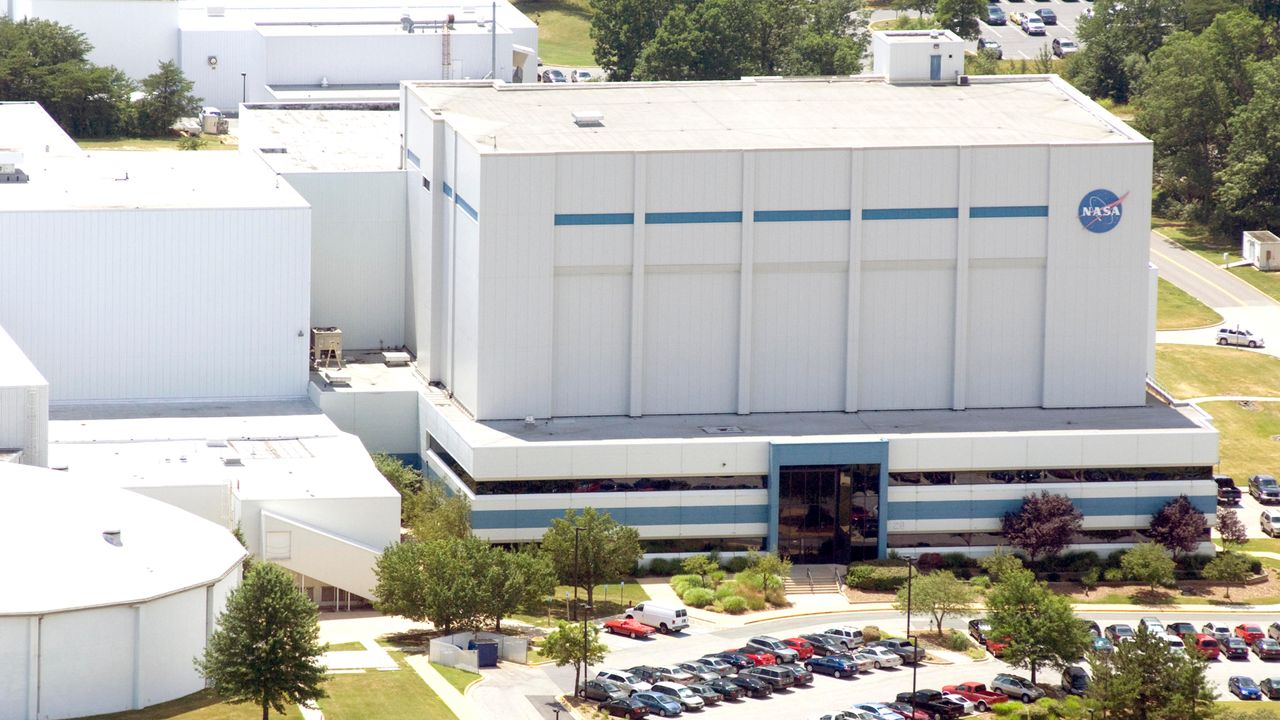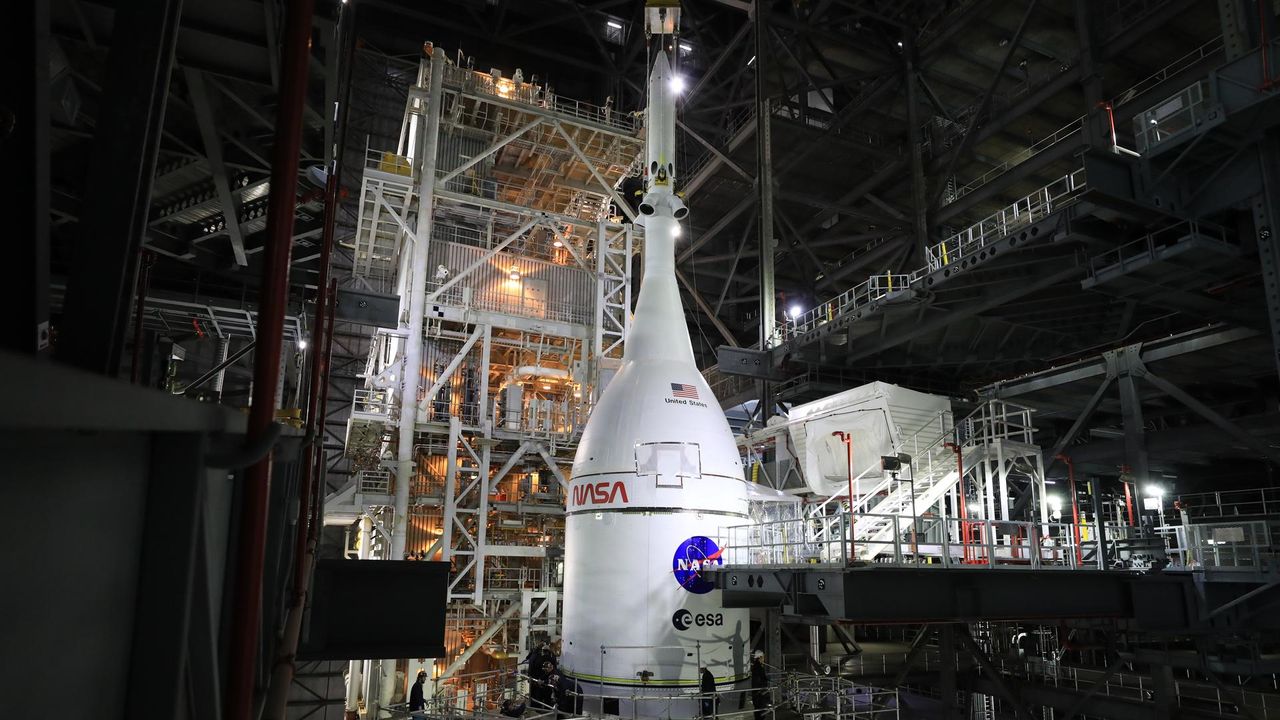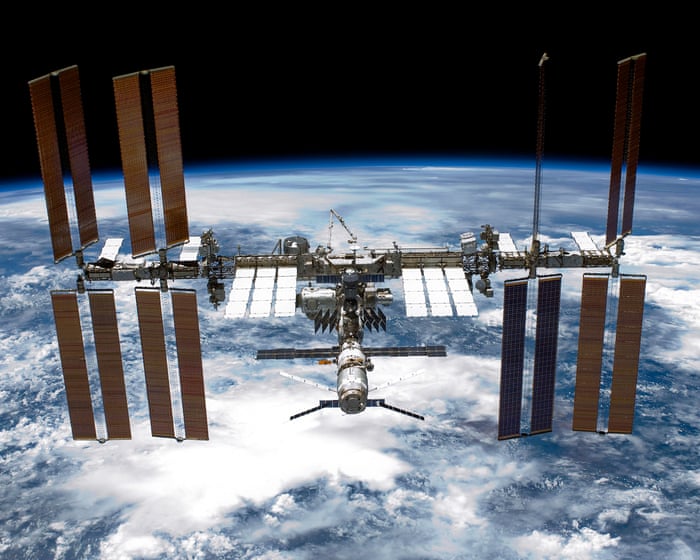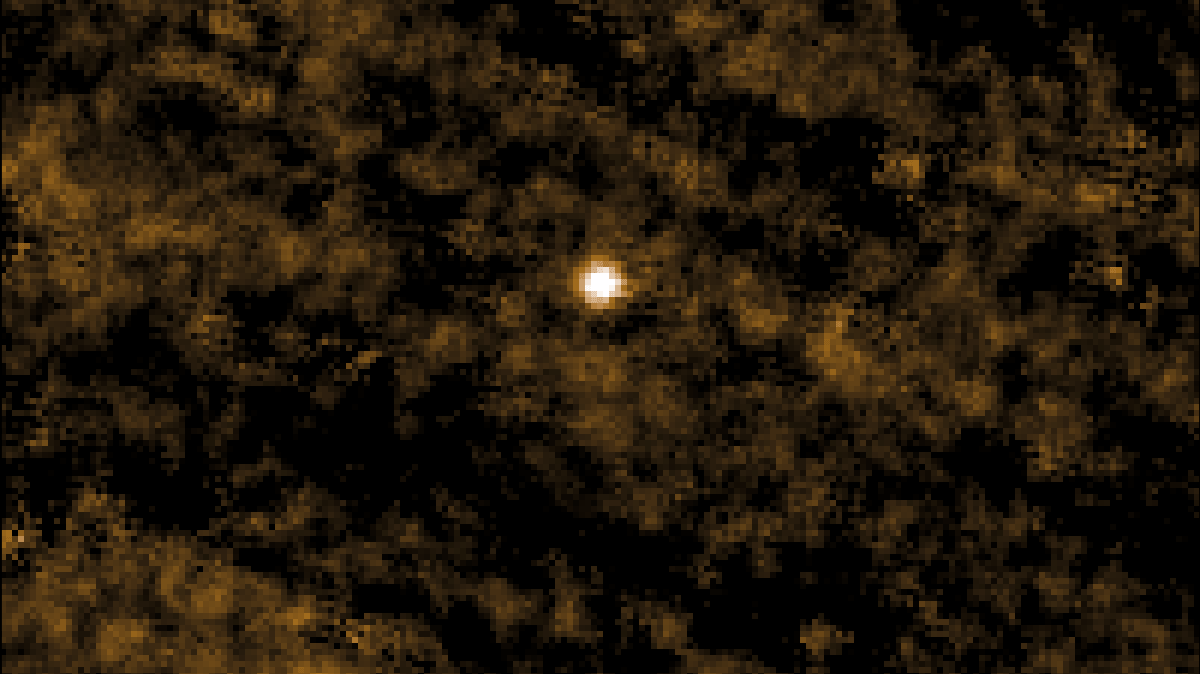NASA astronaut shows how to 'weigh' yourself in space | On the ISS this week Nov. 17-21, 2025
PositiveScience
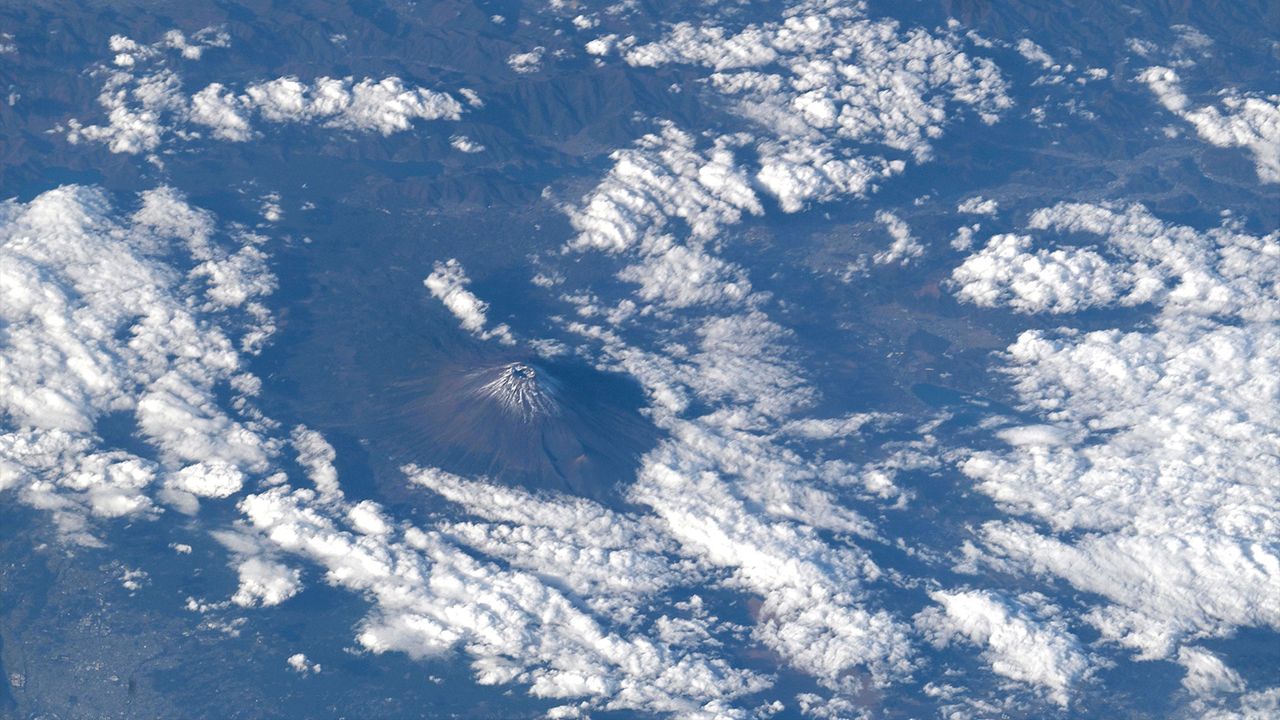
- The Expedition 73 crew aboard the ISS demonstrated how to measure mass in microgravity, highlighting the unique challenges of space life.
- This demonstration is significant as it aids in understanding human physiology in space, which is crucial for long-duration missions and future explorations.
- The resilience of life in space is further underscored by recent studies showing that moss can survive and reproduce after extended exposure to the harsh conditions of space, indicating potential for biological research and sustainability in extraterrestrial environments.
— via World Pulse Now AI Editorial System
